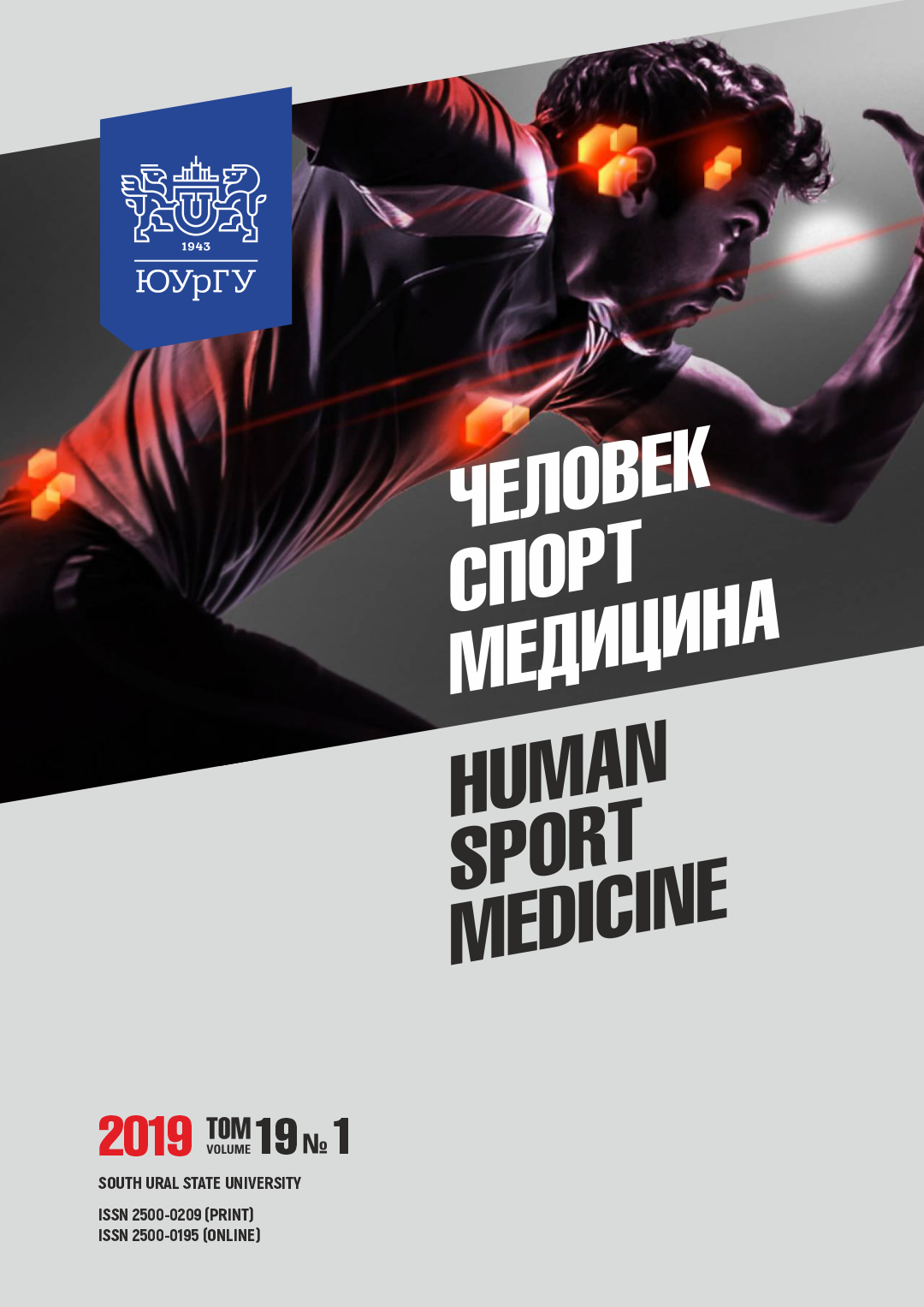FITNESS DANCE FOR DEVELOPING BASIC MOVEMENT QUALITIES IN PRESCHOOL CHILDREN AND IMPROVING THEIR PSYCHIC STATUS
Abstract
Aim. The article deals with developing a set of fitness dance exercises to improve basic movement qualities and psychic status in preschool children. Materials and methods. We studied two equal groups of apparently healthy children aged 5-6. All children frequent preschool educational establishments and a BABY CLUB education center (2 times per week, 20 people). We analysed the morphological and psychophysiological traits of pre-schoolers during their lessons. Results. This study demonstrates the results for the correction of individual psychological traits, interpersonal relationships, coordination abilities, endurance, and speed-strength qualities in preschool children by means of fitness dance. Additional lessons resulted in a significant increase of physical preparedness in children from the main group. We registered better results in children from the main group compared to the control group in the following tests: ball throwing, 3×10 shuttle run, hand grip test, 500 m and 30 m run. We established that a set of fitness dance exercises improved significantly the following parameters of children from the main group: body mass, body length, body mass/body weight index, behavioural deviations, self-esteem, anxiety index, general physical preparedness. Conclusion. This study proves that negative trends in children of a new generation tend to increase, in particular in preschool children. The existing programs and methods aimed at children’s health within educational establishments usually lack their comprehensiveness. Physical exercises in a dance form are usually better perceived and possess greater health-improving effect. The diagnostics of movement abilities and skills revealed that children possess limited movement arbitrariness, cramped muscles, limited emotional and inner freedom. These factors decrease health-improving effect and prevents the improvement of psychological and physical health.
References
References on translit
Copyright (c) 2019 Human. Sport. Medicine

This work is licensed under a Creative Commons Attribution-NonCommercial-NoDerivatives 4.0 International License.















